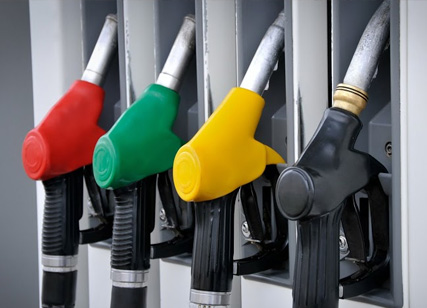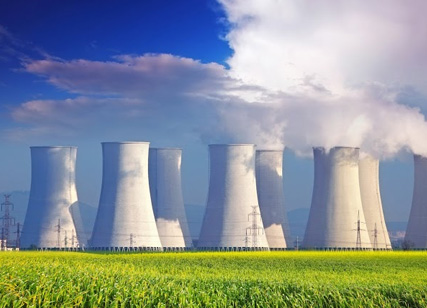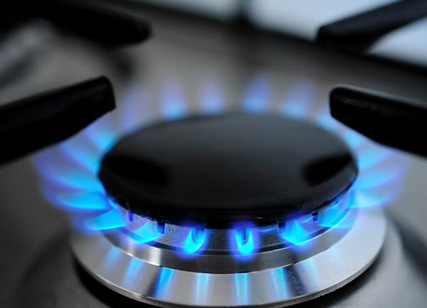More big ideas... about fossils
Another important topic related to fossils is fossil fuels. Millions of years ago, many plants and animals died and sank to the bottom of the ocean or fell and died in huge swamps. They didn't become fossils but just rotted and decomposed. After a long period of time, layers and layers of mud, sand and stone covered the decomposed plants and animals and heat and pressure went to work on them until they became deposits of fossil fuel in the sedimentary rock layers. Depending on what kinds of plants and animals were buried, and the conditions of temperature and pressure, different types of fossil fuel were formed – like petroleum (another name for oil), coal, and natural gas.
Petroleum, natural gas, and coal are three types of fossil fuels. They are all very valuable resources. Even though they are called fossil fuels, they are not really fossils. These fuels are just made from dead plants and animals that lived long ago.
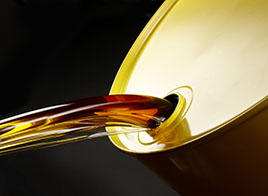 Petroleum
Petroleum Natural Gas
Natural Gas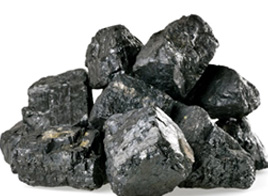 Coal
Coal
The sun is the main source of energy for all fossil fuels. Plants and animals get energy from the sun and that energy becomes the energy in fossil fuels. Today, miners and oilmen use big drills and other heavy equipment to dig or drill into the earth's crust to find fossil fuels. Natural gas is usually found near oil deposits that were created under similar conditions. Oil, gas, and coal can be converted to electricity – another form of energy. Oil can be made into gasoline to run our cars. We use fossil fuels every day, but the process of forming them inside the earth takes a long time – millions of years. That means these resources are non-renewable; they cannot be replaced once they are used up.
